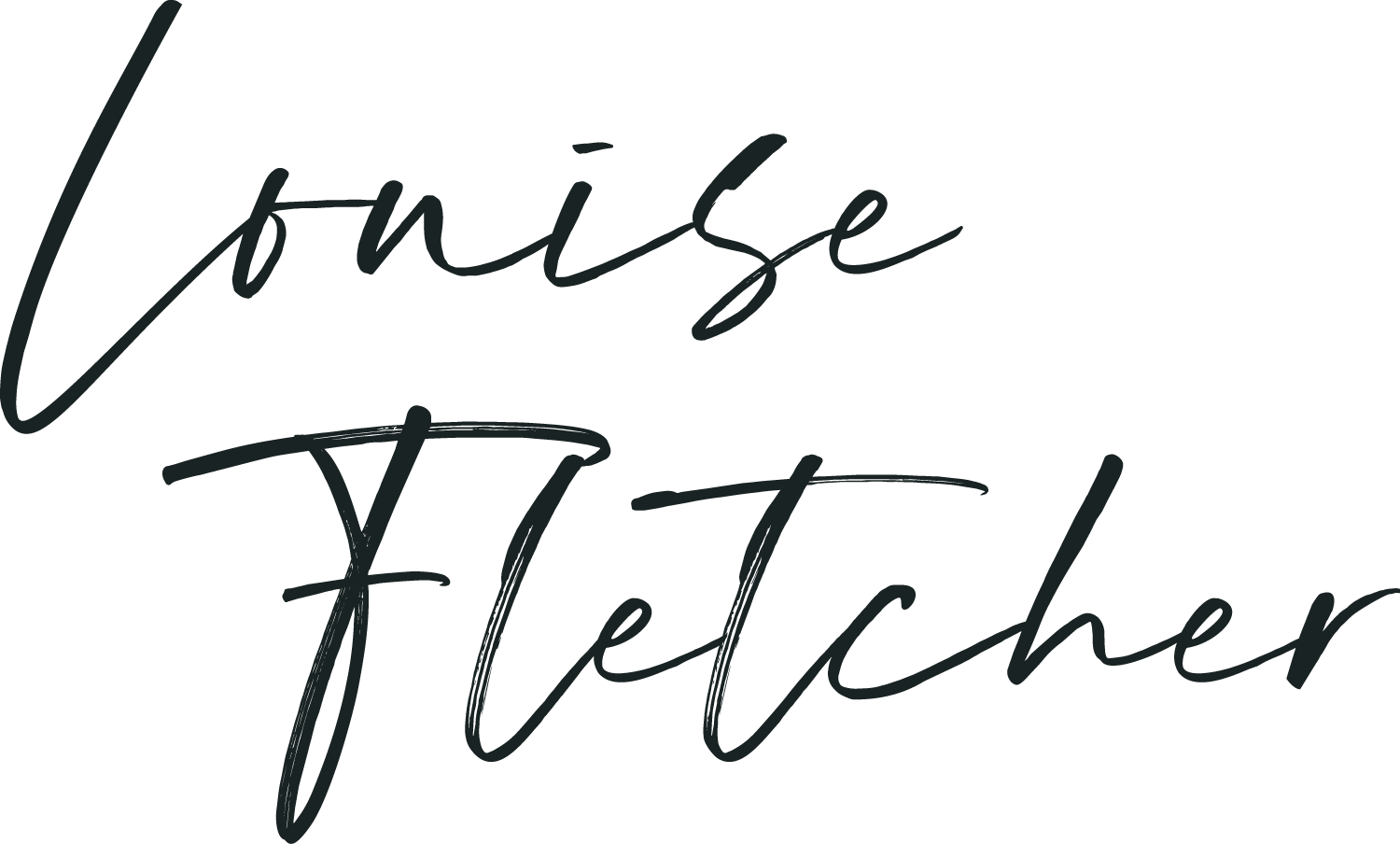Don’t name it too sooN
Last time I wrote about learning to stop when a painting feels alive — that delicate moment when the work finally starts breathing on its own, and our job is to step back and let it be. I was excited by this idea and eager to start a series.
But then I stopped and thought about what happens next. It's wonderful to hit on an inspired patch — when ideas are sparking, the paintings are flowing, and you can feel something new coming through. But it also brings its own challenge: how to stay in play and curiosity without locking things down too soon.
I’ve been right there lately. After a few breakthrough paintings, my instinct was to start defining what comes next — to set parameters, to name the series, to outline the palette, to decide what these new paintings “are.” That’s the tidy, controlling part of me that wants clarity and direction. But the truth is, every time I’ve done that too early, I’ve cut something off.
A few weeks ago I wrote out what I thought were the guiding ideas for this new body of work, and already they’ve shifted. The energy keeps changing shape as I paint, as new ideas arrive. If I try to pin it down too soon, it will become smaller and less interesting than it could possibly be.
So this week I’m reminding myself — and maybe you too — to keep the door open for as long as possible. Let the work lead. Stay curious.
When you’re in that inspired patch, it’s tempting to rush into definition. Our minds love to categorise: This is my new series. This is my direction. This is what I’m exploring. But the creative process doesn’t move in straight lines. It loops and spirals. It asks you to trust what’s still unfolding.
There’s a sweet balance between following an idea and fixing it in place. I’ve found it helps to write a creative brief — a document that gathers what you’re noticing right now — but to keep it flexible.
Mine usually looks something like this:
A few words that describe the feeling or mood I’m chasing
A short list of visual threads I’m curious about (colour, form, gesture, light)
A handful of questions, not answers
Maybe one or two practical notes — scale, materials, techniques to explore
That’s it. Nothing carved in stone. It’s a way of catching the spark without smothering it.
The trick is to treat your creative brief as a living document. Let it evolve. Add, delete, rewrite as you go. The moment you start treating it like a rulebook, you’ll feel that tightening in your chest — the one that says the play has gone.
And play, of course, is the lifeblood of painting.
So this week, if you’re in that exciting, fertile place — where everything feels possible — see if you can resist the urge to define it too quickly. Make notes, jot down ideas, build yourself a loose scaffolding, but keep breathing space around it.
Let the paintings tell you where they want to go. They usually know before you do.
By the way, this creative brief process is something I teach in my advanced course Momentum, which will run again in January 2026. It’s a course for artists who’ve already taken Find Your Joy at least once and are ready to develop a deeper rhythm in their work — the rhythm that comes from staying curious, staying open, and building momentum over time.
If you have taken Find Your Joy in the past (or if you are taking it currently) stay tuned for more information.
But even if you’re working solo right now, you can start practicing this approach:
Notice when you start rushing to define things.
Ask yourself, What if I waited just a little longer?
Keep a sketchbook or folder of visual notes — let it be messy, don't try to make it make sense.
Because that’s the real art of it: to remain in conversation with your paintings, to stay in the dance for as long as possible before you name the tune.

